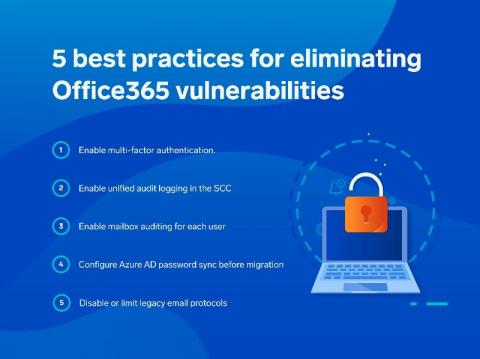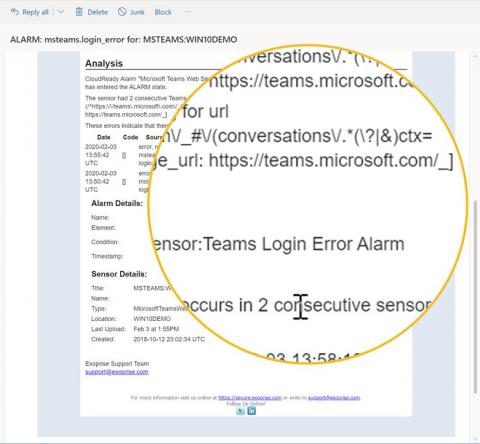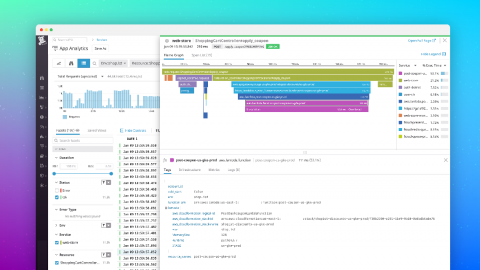Operations | Monitoring | ITSM | DevOps | Cloud
Latest News
Did We Lose Something With The Adoption Of Containers? And Can We Get It Back?
As developers, we need to get back to being diligent - and consistently diligent - about questions of security, provenance, reliability and availability when it comes to packages and dependencies.
.NET Performance Optimization: Everything You Need To Know
It’s Friday afternoon, the majority of the development staff has already packed up and headed home for the weekend, but you remain to see the latest hotfix through to production. To your dismay, immediately after deployment, queues start backing up and you begin to get alerts from your monitoring system. Something has been broken and all evidence points to an application performance bottleneck.
What is a 401 Error?
When the web was first constructed, it became clear the servers that sent web pages, images and other digital assets to browsers would need some kind of standardized system of error notification. Since there were several errors that always reported the same basic fault, it was decided this would be a good way to diagnose network problems without specialized tools or elaborate communications protocols.
Turning Unstructured Data Into Structured Data With Log Management Tools
What makes data structured or unstructured and how does that affect your logging efforts and information gain? Below we've provided a comparison of structured, semi-structured, and unstructured data. Also below, we discuss ways to turn unstructured data into structured data.
Teams Outage Due To Expired Certificate
Microsoft Teams had an outage yesterday, on February 3rd 2020, for a few hours, and apparently it was due to an expired TLS / SSL certificate. The Internet erupted in delight over this for some reason with lots of coverage everywhere. Slack and MS Teams usually do garner more attention when they experience unfortunate outages most likely due to their rivalry. Apparently, because this was an expired certificate it gave everyone a reason to write “Oops” and other similar quips.
JavaScript unit testing frameworks in 2020: A comparison
When starting development on a new front end project, I always ask myself "Which JavaScript unit testing frameworks should I use?" My colleagues often write about how unit tests are great for peace of mind and reducing software errors. So I always make the time to test. But which framework should you choose for your project? Before rushing into any decisions, I investigated seven of the most popular JavaScript unit testing frameworks so you can decide which one is best for you.
Use Cases for SaaS Digital Experience Monitoring
Digital Experience Monitoring (DEM) is a growing practice within IT organizations that provides insight into the factors that make up the overall application User Experience (UX). As systems become more complex, as cloud adoption continues to grow, and IT loses direct control of infrastructure, it becomes both more difficult and more important to capture the overall end-user experience.
Distributed tracing for AWS Lambda with Datadog APM
Since AWS Lambda was launched in 2014, serverless has transformed the way applications are built, deployed, and managed. By abstracting away the underlying infrastructure, developers are able to shift operational responsibilities to the cloud provider and focus on solving customer problems.











